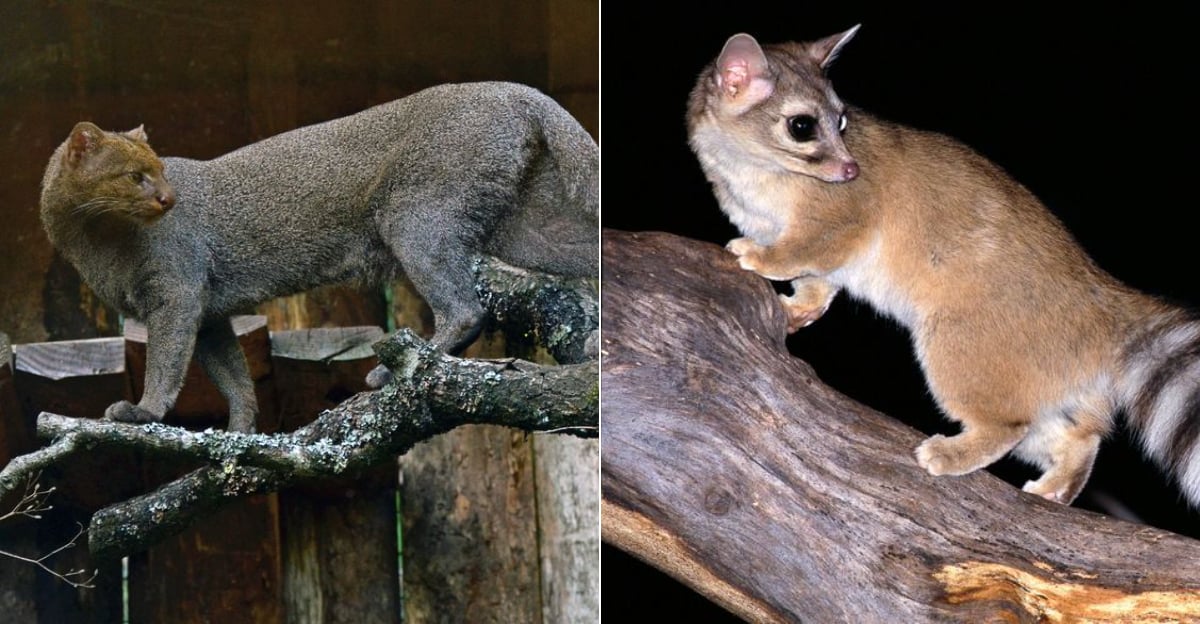Texas holds more wild secrets than you might imagine!
Beyond the well-known armadillos and longhorns, the Lone Star State harbors an astonishing variety of creatures that fly under most people’s radar. I’ve spent years exploring Texas’s diverse ecosystems, from piney woods to desert mountains, and I’m still amazed by what I find.
Ready to discover some truly fascinating animals that call Texas home?
1. American Black Bears: Making A Comeback In The Lone Star State
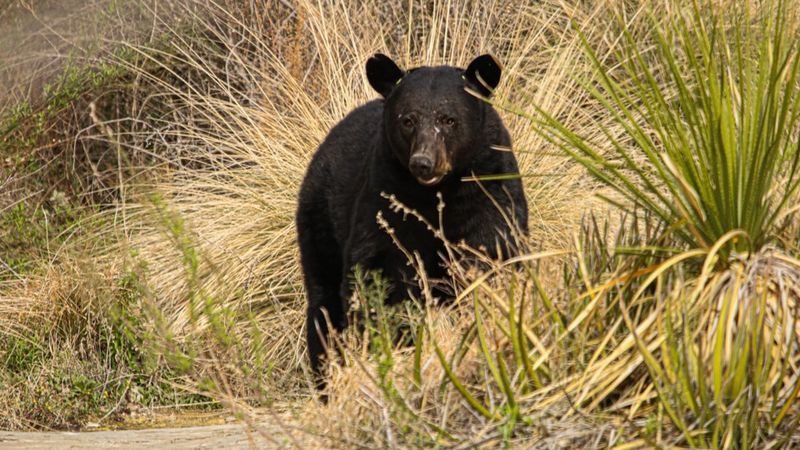
“Bear country” isn’t a phrase most associate with Texas, but these magnificent creatures are steadily reclaiming their ancestral territory. Last summer, while hiking in Big Bend National Park, I froze in my tracks as a black bear and her two cubs ambled across the trail just fifty yards ahead.
These bears aren’t actually always black – their fur can range from cinnamon brown to blonde. After being nearly eliminated from Texas by the 1950s, they’ve naturally migrated back from Mexico into the western mountains and forests.
Despite their imposing size, they’re primarily vegetarians, munching on berries, nuts, and insects rather than hunting large prey. Their return symbolizes a wilderness slowly healing itself.
2. Spotted Treasure: The Endangered Ocelot
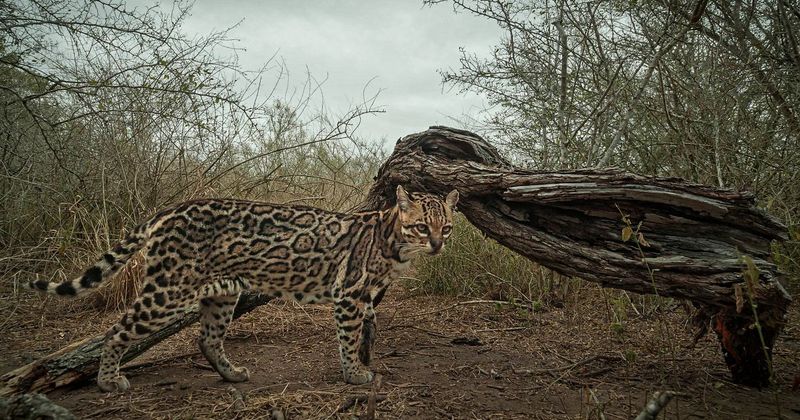
Wow! The first time I saw an ocelot on a wildlife camera trap, I almost fell out of my chair. With fewer than 50 remaining in Texas, these gorgeous spotted cats are rarer than winning the lottery.
Twice the size of a housecat but smaller than a bobcat, ocelots rock a stunning yellow-gold coat covered in black rosettes and stripes. Their almond-shaped eyes seem to glow in the darkness. I’ve spent countless nights in the thornscrub habitat of South Texas hoping for another glimpse.
Habitat loss has hit these cats hard. They need dense brush to hunt and raise their young. Several wildlife refuges now focus specifically on protecting the remaining ocelot population, offering a glimmer of hope for their survival.
3. The Elusive Jaguarundi: Texas’s Mini Jungle Cat
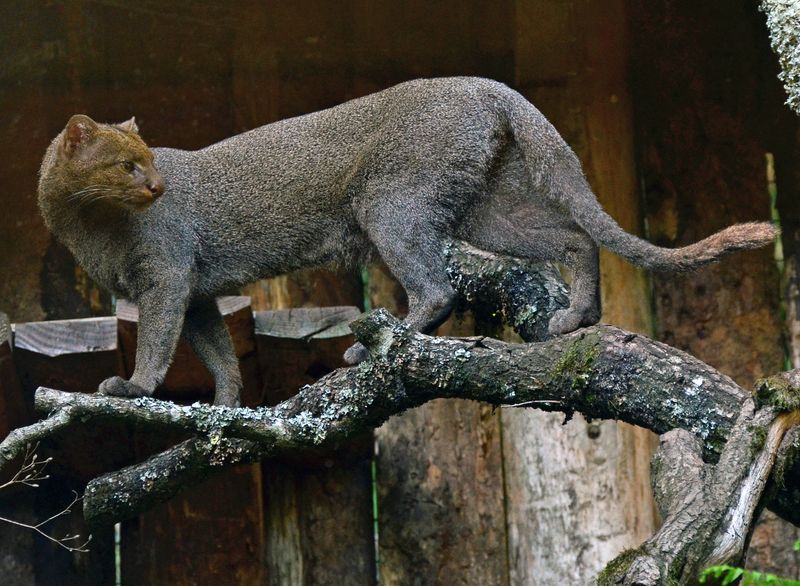
Smaller than a mountain lion but larger than a housecat, jaguarundis are the mysterious felines I never expected to find in Texas. These solid-colored cats sport elongated bodies and short legs, giving them an otter-like appearance when on the move.
During a wildlife photography trip to the Rio Grande Valley, I caught a fleeting glimpse of one slinking through dense brush. Their rarity makes them almost mythical – fewer than 50 remain in the state.
Unlike their spotted cousins, jaguarundis come in two color phases: a rusty-red and a charcoal-gray. They’re primarily daytime hunters, which is unusual for wild cats. Conservation efforts are desperately trying to protect their remaining habitat.
4. Prickly Residents: North American Porcupines
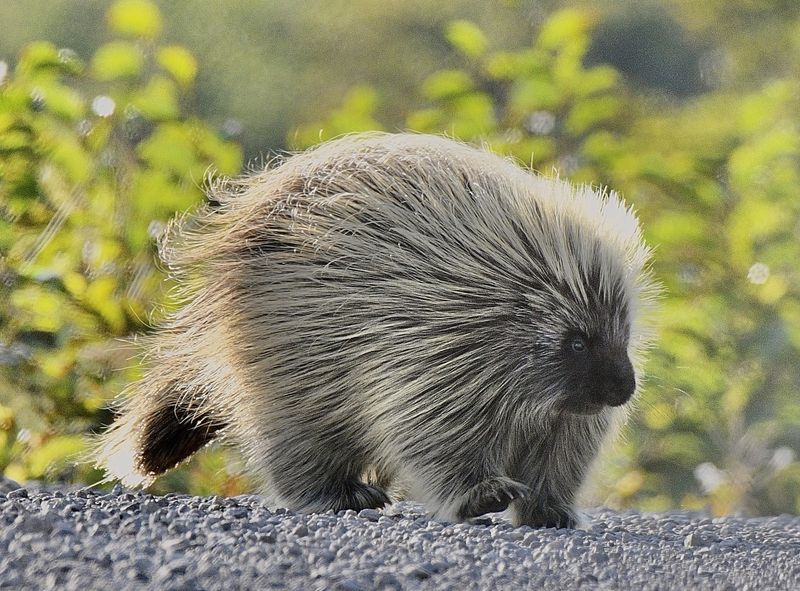
These prickly characters aren’t just desert dwellers – they’ve expanded throughout much of Texas.
Contrary to popular myth, porcupines cannot shoot their quills. They’re actually gentle, slow-moving creatures that only use their 30,000 barbed quills as a last resort. They’re excellent climbers, spending much of their time in trees.
Their diet consists mainly of bark, leaves, and stems, which explains why they sometimes develop a taste for wooden tool handles or even car tires that contain salt from road treatments. Despite their formidable appearance, they’re surprisingly vulnerable to predators like mountain lions who’ve learned to attack their unprotected underbellies.
5. South American Transplant: The Coatimundi
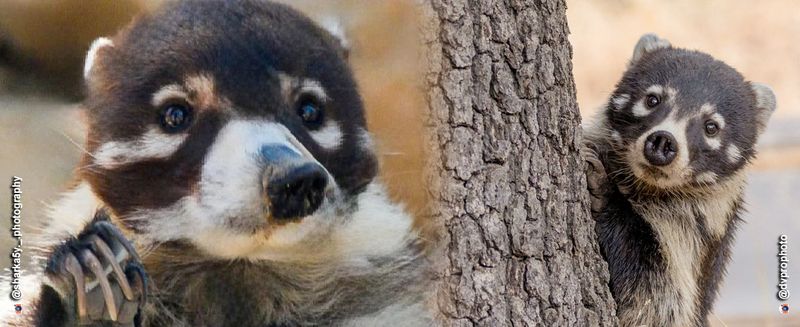
Picture a raccoon that’s been stretched out, given a super-long snout, and taught to travel in gangs – that’s basically a coatimundi! During a birding trip to the Rio Grande Valley, I spotted a band of these curious creatures rummaging through the leaf litter, their ringed tails held high like flags.
Native to Central and South America, these members of the raccoon family have established small populations in southern Texas. They use their long, flexible snouts to root out insects, fruits, and small vertebrates.
Female coatis travel in groups called bands, while males typically live alone except during breeding season. Their adaptability and omnivorous diet have helped them thrive in Texas’s southernmost regions, though many people live their entire lives without knowing these exotic animals share their state.
6. Nature’s Cat-Fox Hybrid: The Ringtail Cat
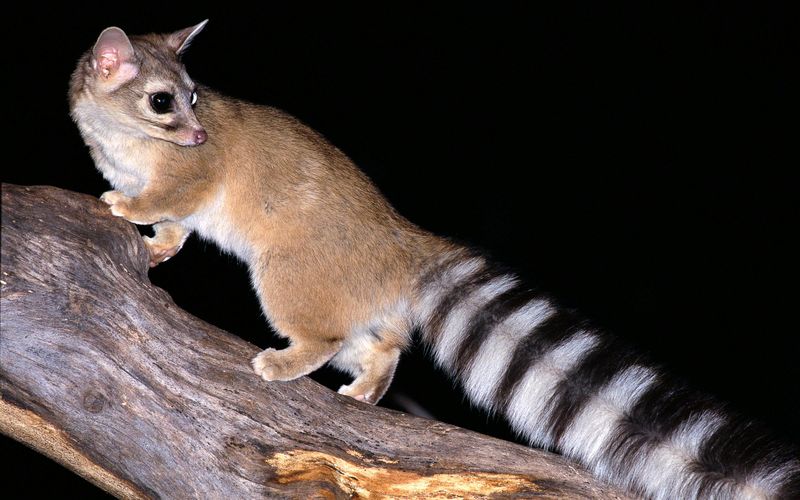
With a fox-like face, cat-sized body, and a spectacular black-and-white ringed tail longer than its entire body, this animal looks like something Dr. Seuss might have invented.
Despite their name, ringtails aren’t actually cats – they’re members of the raccoon family. Early Texas settlers called them “miner’s cats” because they kept them as pets to control rodents in mining camps.
Masters of the night, ringtails can rotate their hind feet 180 degrees, allowing them to descend vertical surfaces head-first. Their acrobatic abilities and cute appearance belie their effective hunting skills. They feast on everything from fruits and insects to small mammals and birds.
7. Prehistoric-Looking Pigs: Collared Peccary (Javelina)
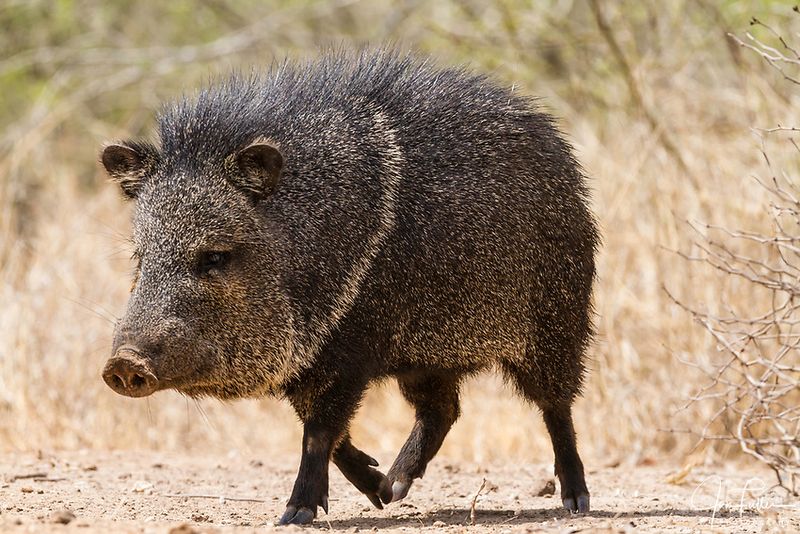
Nothing prepares you for the sight of a javelina family trotting across the road! These pig-like creatures move with surprising speed, their bristly hair and tusks giving them a fierce appearance. During a camping trip near Big Bend, I watched in amused silence as a group of them demolished a prickly pear cactus – spines and all!
Don’t call them pigs, though. Javelinas belong to the peccary family, which split from true pigs millions of years ago. Their name comes from the Spanish word for javelin, referring to their sharp tusks.
A specialized scent gland on their backs gives them a distinctive musky odor that’s unmistakable. They form tight family groups called “squadrons” and communicate through grunts and squeals. Despite their intimidating appearance, they typically avoid humans unless cornered or protecting young.
8. Armored Oddball: The Nine-Banded Armadillo
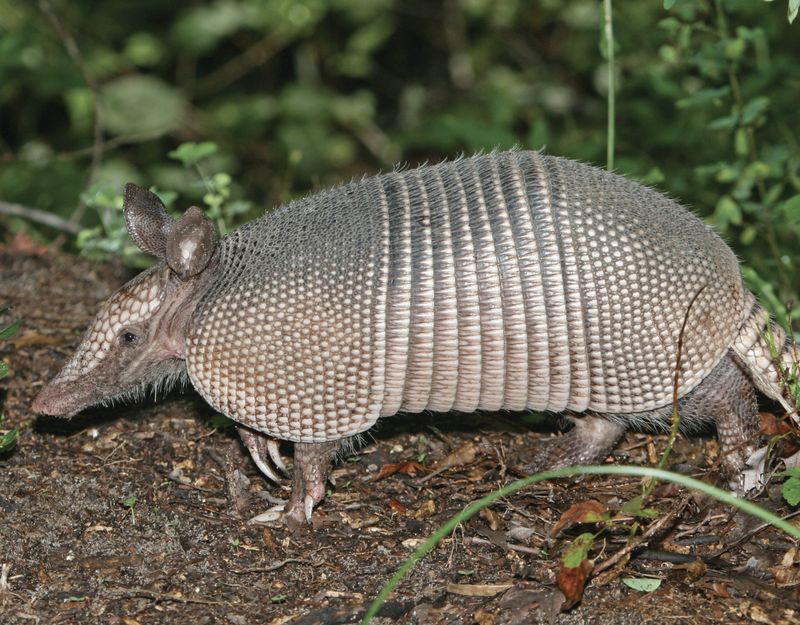
The unofficial mascot of Texas roadways has to be the nine-banded armadillo! These prehistoric-looking critters with their leathery armor and surprising jumping abilities never fail to entertain. I’ve watched them in my backyard, completely oblivious to my presence as they snuffled through the soil hunting for grubs.
Fun fact: armadillos always give birth to identical quadruplets – four genetically identical babies every time! They’re the only mammals besides humans that can contract leprosy, which has made them valuable to medical research.
Despite their armor, they’re surprisingly good swimmers, inflating their intestines to increase buoyancy or walking across stream bottoms holding their breath for up to six minutes. Their poor eyesight explains why they often end up as roadkill – they simply don’t see vehicles coming until it’s too late.
9. Silent Stalker: The Mountain Lion (Cougar)
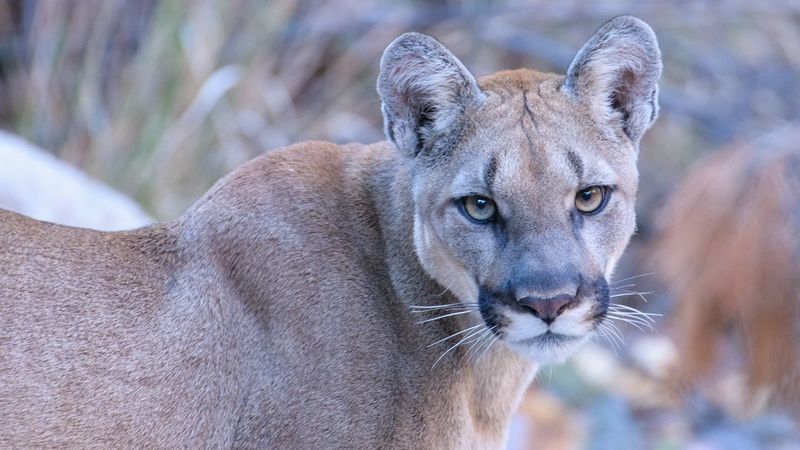
Heart pounding, palms sweaty – that’s how I felt when I discovered fresh mountain lion tracks while hiking in West Texas. Though I never saw the cat itself, knowing it had passed by recently was both thrilling and terrifying.
Also called cougars or pumas, these magnificent predators roam much more of Texas than most people realize. They’re incredibly adaptable, living in mountains, deserts, and forests across the state. A fully grown male can weigh up to 150 pounds and stretch nearly 8 feet from nose to tail tip.
Mountain lions are solitary hunters with territories spanning up to 370 square miles. They’re primarily nocturnal, which explains why sightings are so rare. Though encounters with humans are extremely uncommon, reported sightings have increased in recent years as development pushes into their habitat.
10. Prehistoric Survivor: The American Alligator
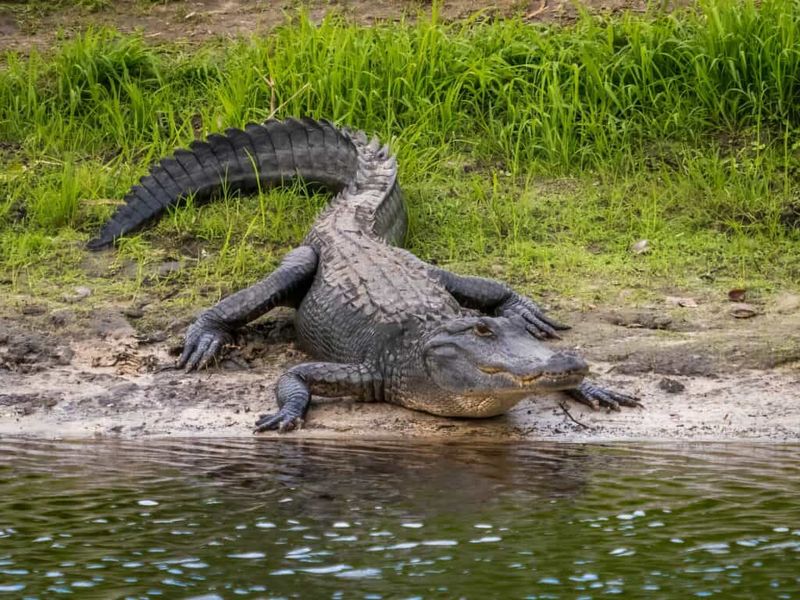
These living dinosaurs, having survived for over 150 million years, command instant respect.
American alligators once faced extinction due to overhunting, but conservation efforts have brought them roaring back. They now thrive throughout eastern Texas waterways. Males can reach lengths of 14 feet and weigh up to 1,000 pounds!
Their powerful jaws can crush turtle shells, yet their mouths are so sensitive they can detect minute vibrations in water. Mother gators are fiercely protective, guarding their nests and young for up to two years. Despite their fearsome reputation, they’re actually shy creatures that prefer avoiding human contact – something I was immensely grateful for during my close encounter.
